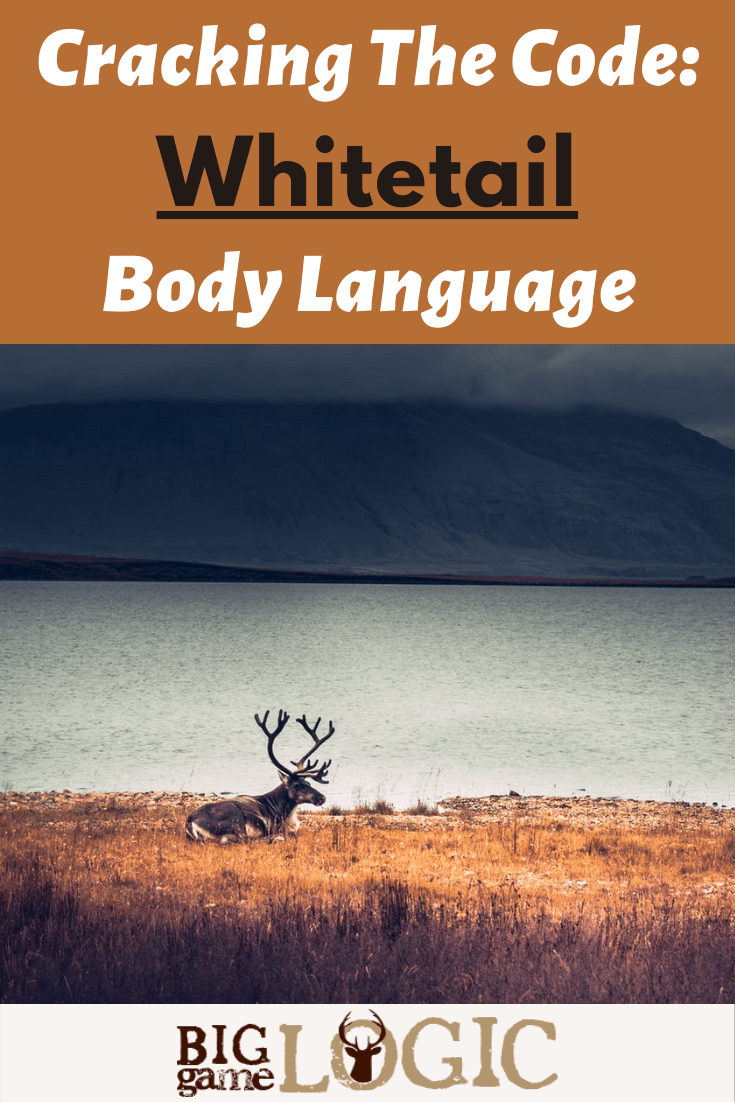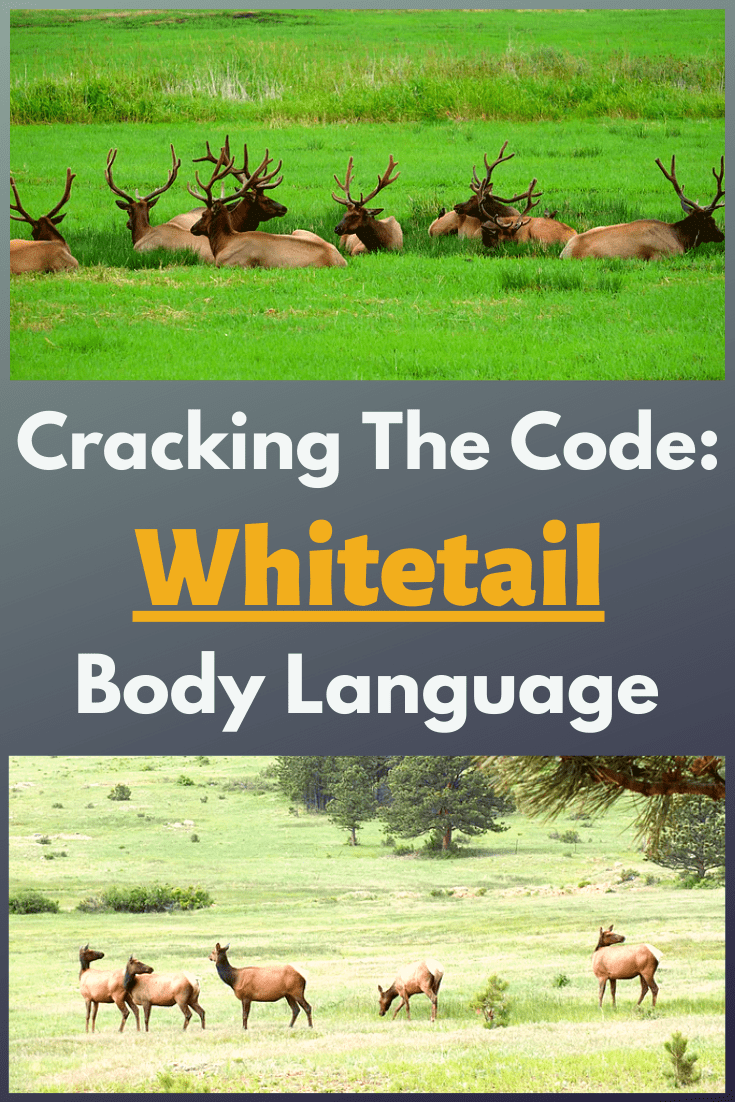Big Game Logic is reader-supported. When you buy through links on our site, we may earn an affiliate commission.
Some of my favorite encounters in the wild occur when I’m face to face with animals I have no intention of pulling the trigger on. It seems like turkeys are as abundant as falling leaves come deer season. I’ve witnessed river otters and bald eagles take a close look at my mallard decoys on the majestic Chippewa River.
A deer swam an honest 300 yards across a northern lake and emerged from the frigid water on the fringe of our diver spread one November morning. Pushing a trophy buck out of thick cattails while chasing pheasants is another bonus of the hunt. These are moments when the pressure to perform is off and as sportsmen, we can truly enjoy the beauty of the outside world.
I had a few encounters that fall into this category last season. My .30-06 rang the dinner bell early in the morning opening day. DNR regulations require hunters to harvest an antlerless deer before having a chance to shoot a buck in our neck of the woods. The game plan that day was to shoot the first antlerless deer that offered a good shot in order to maximize chances for a trophy. About 20 minutes after I heard my hunting partner’s gun fire, my opportunity arrived.

A single deer broke off from a herd of about a dozen animals and trotted right into the draw I was patrolling. A quick grunt froze him up and the 150 grain bullet dropped him in his tracks. This farm country nubbin’ buck would provide a delicious source of meat over the winter and after he was tagged, field dressed, and hung, I was hunting for big boys!
Two weeks earlier, I spent a few days scouting the property and saw several bucks anyone would be proud of. Sign was abundant and we had a good idea of where the bedding and feeding areas were located. Our morning shoot proved the scouting was sound. We decided to let both our stands cool off for a bit and move to a few other stand locations that looked promising.
From hardwoods to corn, the scenery changed drastically for me. It wasn’t long and deer began to pop out of the standing corn like ghosts from a crypt. Humans are unable to walk through corn without creating racket reminiscent of a rake piling up a giant oak tree’s crop of autumn leaves. But deer… they move through corn without a sound. I leaned against a fallen tree just 20 yards from the edge of the standing corn waiting for the big 12 pointer I spotted two weeks earlier. One by one deer crept along the corn. Some moved along as if they were late for a business meeting but most leisurely fed on corn waiting to be harvested (the corn, not the deer).
Occasionally, one would stop to stare me down. They knew something didn’t fit but after ten seconds and a foot stomp or two they would go back to eating. Most were of the antlerless variety. One young buck, no doubt sporting his first set of antlers, hustled by as well. I nodded to him as he passed, assuring him I’d like to meet again a few years down the road.
Time ticked by as deer after deer paraded past. Then it happened. No, the trophy buck I coveted didn’t show himself. A big doe probably as old and as wise as that buck appeared silently from the corn stalks. The rating system for many hunters would have this girl far below the young buck I saw earlier. It’s pretty silly when you consider she has most likely dodged arrows and bullets for three plus years. The doe browsed carefully until she sensed something wasn’t right.
Less than ten yards in front of me she looked up and peered into my soul. We were silent and stiff as we scanned each other. With no desire to add her to the meat pole, I was honored to simply be face to face with one of nature’s most adaptable creatures. Her ears twisted and her raised nose twitched in an attempt to understand the origins and intentions of the interloper at the forest’s edge. The confrontation seemed to last an eternity but I’m sure it was less than a minute. The doe continued to focus on me but she slowly turned her body back to the direction from which she appeared. Her tail flicked and in a moment she went from standing to full sprint, silently into the corn.
Moments like these offer us an opportunity to really study the body language of our quarry. When this deer first noticed me, she moved her head as if she was training for a boxing match. This is simply an attempt to get me to move. Her stomps had the same goal. As she tried to pinpoint me, her nose and ears scanned the area. If the ears of a whitetail are moving around like a radar tower, the deer has not locked on to you yet. If they are focused in your direction, the deer most likely has you pegged.
From there, she slowly turned her body toward an escape route. This slow, deliberate movement almost always leads to a dashing exit. The tail flick can have two meanings. If the deer is locked on to you, the tail flick means you better shoot, this deer is about to bolt. A feeding deer flicking it’s tail is a sign of contentment. It’s like a cow chewing cud. This deer has no idea you are watching.
Take advantage of these opportunities. Not only do they offer a chance to truly take in nature without the pressure of the shot, they can be lessons in deer behavior no seminar can match. And remember, have fun out there.
Share to Pinterest



